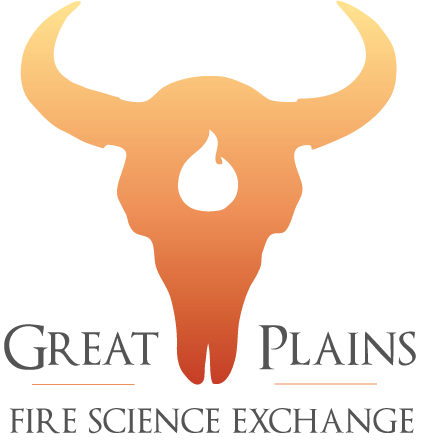K-12 Education
Bill Sprouls, Kansas Rancher, discusses his philosophy of ranching. Bill takes a holistic view that includes wildlife, fire, soils, and economics. Thanks to the Kansas Grazing Lands Coalition for making this video available. Bill Sprouls (2 of 2)
Read MoreBill Sprouls, Kansas Rancher, discusses his philosophy on ranching and managing the land through prioritizing soil. Thanks to Bill and the Kansas Grazing Lands Coalition for making this video available. Bill Sprouls (1 of 2)
Read MoreDr. Sandra Rideout-Hanzak, research scientist with the Caesar Kleberg Wildlife Research Institute and Associate Professor at Texas A&M University-Kingsville, discussed habitat management of white-tailed deer. She addressed:
- Using prescribed fire to achieve optimal browse levels
- Effects of fire on browse and forbs
- Effects of burning at different times of year (seasons of burn)
- Prescriptions for weather and firing techniques
- Pros and cons of using fire for managing habitat
Dr. John Briggs discusses the role of eastern redcedar in grassland degradation. This talk is part of a workshop to understand the problem of juniper encroachment in the Great Plains. Juniper Workshop (4 of 4)
Read MoreDr. Larry Sanders discussed economic tradeoffs, incentives, and externalities associated with juniper encroachment and treatment. This talk is part of a workshop to understand the problem of juniper encroachment in the Great Plains. Juniper Workshop (3 of 4)
Read MoreDr. Dirac Twidwell discussed the role of fire regime and prescribed fire in controlling eastern redcedar. his talk is part of a workshop to understand the problem of juniper encroachment in the Great Plains. Juniper Workshop (2 of 4)
Read MoreDr. Sam Fuhlendorf provided an overview of juniper ecology in the Great Plains for a workshop focused on understanding the expansion of junipers in the region. Juniper Workshop (1 of 4)
Read MoreRandall Roy of the Missouri Department of Conservation discussed the use of prescribed fire on the Drury-Mincy conservation area during a Missouri State University Biology Department seminar.
Read MoreIn this presentation, Eric Ward discussed several types of injuries or medical emergencies that could occur during prescribed fire or similar operations. He focused on areas in which a lay rescuer can make a difference by those things they do — or do not do — or those emergencies in which current medical knowledge has improved our ability to aid those in need.
Read MoreThis video is one of the eleven taken from the 2013 Patch Burn Grazing Conference.
Read More
